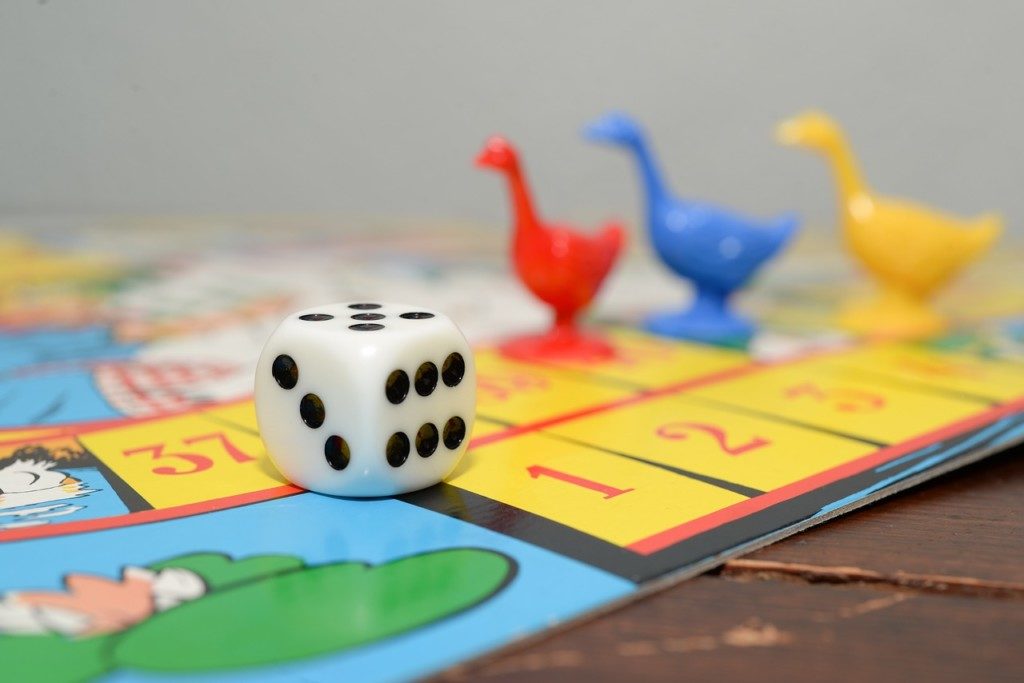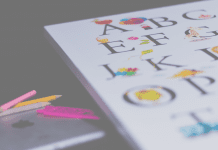Of all the subjects we study in school, math seems to be the most universally despised. There are memes about it, jokes on every television show about parents not being able to help with their elementary students’ homework, and adults claiming they “aren’t good at math” everywhere you turn. I taught elementary school and I heard it from nearly all of my fellow education majors in college and again from the teachers I worked with. Most of them hated teaching math and feared being moved to the upper grades because of the more complicated math concepts involved. There seems to be a common misconception that someone is either “a math person” or they aren’t; that an aptitude for math is something in one’s genes and not something that can be cultivated.
But this couldn’t be further from the truth!
A study done by researchers at the Stanford University School of Medicine and published in January of this year found that “math performance correlated with a positive attitude toward math even after statistically controlling for IQ, working memory, math anxiety, general anxiety and general attitude toward academics.” The study’s lead author, Lang Chen, even mentioned how surprised researchers were to learn that whether or not a kid has a positive attitude about math is as equally large a predictor of math achievement as a kid’s IQ.
It is becoming more important than ever that kids are set up to succeed in math.
Jobs in the STEM (science, technology, engineering, mathematics) sector are growing at over five times the rate other jobs are. More and more is being studied and written about how kids all around the world are outperforming our nation’s children on tests given in these areas. Programs and entire schools focused on STEM concepts are becoming more prevalent and receiving increased funding.
Understanding that a large portion of a kid’s success in math comes from a positive attitude and the feeling that they are capable of learning new concepts means that we as parents need to be encouraging math skill development from an early age in the same way we do literacy skills.
Below are a few of my favorite ways to add math practice into our days and encourage my kids to feel successful and excited about math:
1. Use positive language about math and our abilities (both my kids’ and my own).
Even if we despise and are confused by math homework, we should work on not communicating that frustration to our kids. Don’t say “I’ve just never been good at math” or “You probably get your hatred of math from me.” Instead find ways to reframe frustration and help kids see it as a challenge that can be worked through. Notice and compliment their strengths in math. My daughter loves it when I comment about how good she is with numbers, just like her beloved grandma who works as a bookkeeper.
2. Read books that incorporate math concepts.
As with any other subject, picture books can be a powerful tool for helping illustrate math concepts in fun and approachable ways for kids. Check out this list of math picture books broken down by concept taught. Think outside the box and use books that aren’t necessarily geared toward math to practice skills your child is learning. My toddler counts items in every book we read. My daughter was recently obsessed with a picture book illustrating the Twelve Days of Christmas song. We read (sang) it over and over in all seasons of the year and she now has her ordinal number words (first, second, third, etc.) memorized with little to no effort.
3. Play board and card games.
From the littlest counter of game board squares to the elementary kids learning less than and greater than from the card game War, games of strategy are excellent for developing logical thinking and reasoning skills. Even simple games like Go Fish are helpful for teaching number recognition without making it into a drill and practice situation with flashcards.
4. Download math apps.
My kids will do just about anything for some screen time. Put that time to good use with some math-geared apps. I often see parents on social media asking for recommendations on literacy building apps, but don’t forget to throw a few math focused ones in too. This list from Scholastic has some great recommendations for a broad range of ages. One free app that my preschoolers have loved is Park Math by Duck Duck Moose. It covers a range of standards including learning numbers, counting, adding and subtracting, sorting, and patterns with great, kid-appealing graphics.
5. Incorporate math language into your day.
Just as you look for environmental print with your young readers when out and about, find ways to sneak in some discussion of numbers. My son loves to count the apples as I put them into the bag at the grocery store and my daughter is in charge of weighing them on the scale. Introduce the concept of even and odd numbers by asking your child to split the grapes on their plate into two piles. Sort the sugar packets at a restaurant table while you wait on your food. Ask your child to count the number of straw wrappers at your table. Then have them close their eyes while you remove a few and ask them if they can figure out how many you took — an early algebra skill!






















